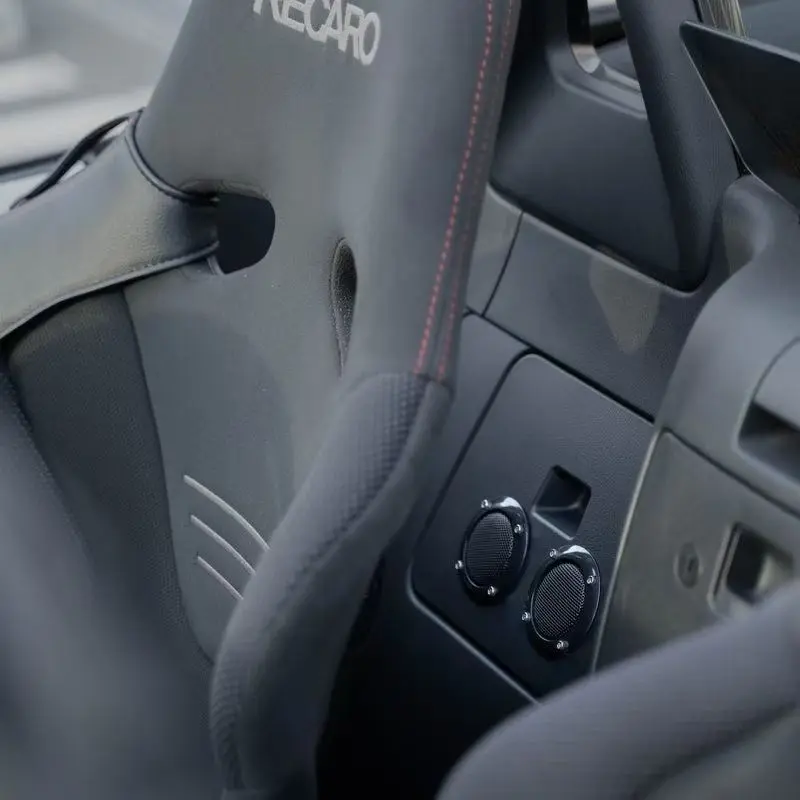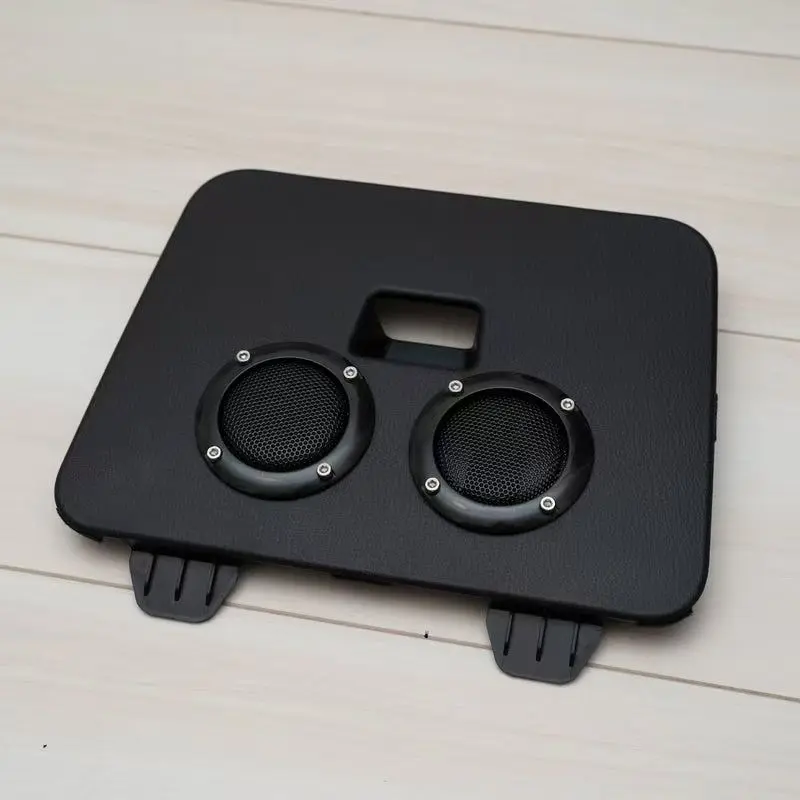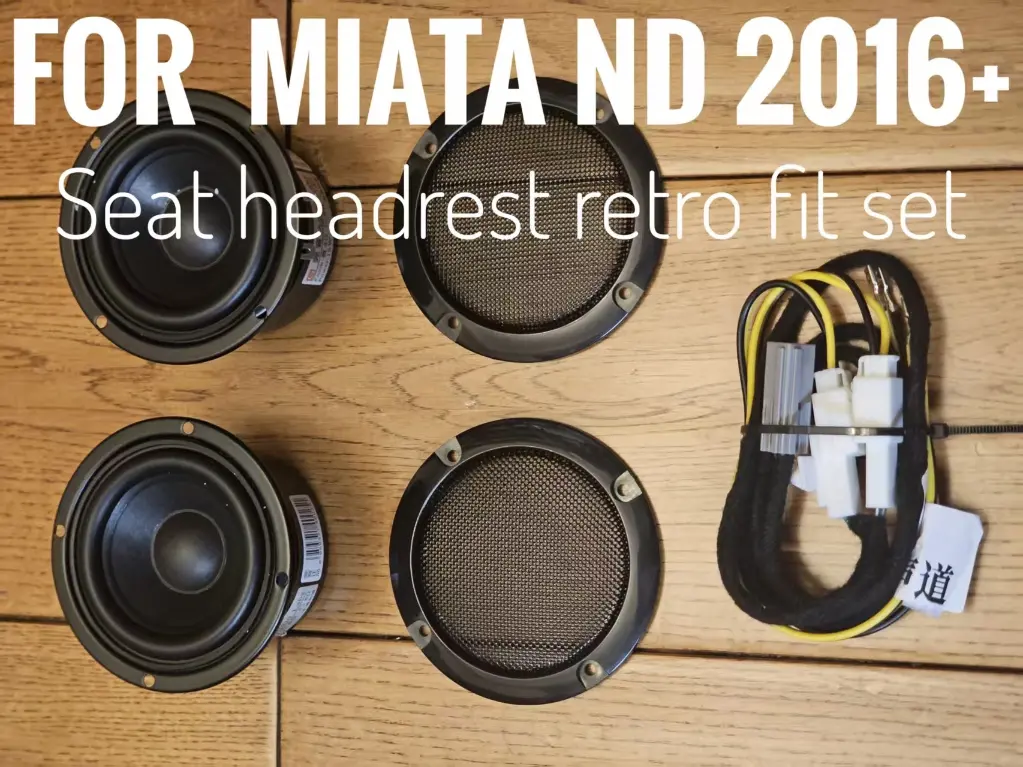Seat Headrest Speakers Retrofit For Miata ND
[MX5 ND Racing Seat Upgrade Owners Must Read | Lost Calls? 10 Minutes to Restore Original Sound]
Upgraded your racing seats but lost call functionality?
But lost call functionality?
After swapping seats, calls go silent—miss critical navigation alerts or urgent calls. Don’t let details ruin your driving joy.
Meet the MX5 ND Sound Recovery Kit
Built for MX5 ND racing seat upgrades!
✔️ No major disassembly—precision-drilled holes needed on rear trim for perfect fit).
✔️ Plug-and-play—directly connect to original car wiring.
✔️ 10-minute install—get back on the road.
Results?
✔️ Crystal-clear calls, restored navigation prompts, and full voice control.
✔️ Keep your seat’s sporty feel + reclaim essential audio.
No compromise, every detail matters.
MX5 ND owners’ ultimate fix—click to order, silence awkward call drops!
(Fits: Mazda MX-5 ND | Kit includes: Speaker module + installation accessories)
Key Highlights:
Speed: 10-minute installation.
Compatibility: Designed exclusively for MX5 ND racing seats.
Effortless: Plug-and-play, no rewiring.
Functionality: Restores critical audio cues for safety and convenience.
Speakers specifications:
Impedance: 4 ohms (4Ω). This is the electrical resistance of the speaker to an alternating current, which is an important factor when choosing a compatible amplifier.
Rated Power: 15 watts (15W). This is the maximum power the speaker can handle continuously without damage.
Full-range Speaker: This means the speaker can reproduce a wide range of frequencies (low, mid, and high) from a single driver.
Maximum Diameter: 90mm. This is the widest physical dimension of the speaker.
Frequency Response: 18k to 118k Hertz (18kHz to 118kHz). This is the range of sound frequencies the speaker can effectively reproduce. Note that the upper range of 118kHz is far beyond the typical human hearing range, which is approximately 20Hz to 20kHz.
Distortion: 1%. This indicates the degree of non-linear distortion present in the sound reproduced by the speaker compared to the original signal. A 1% distortion level is generally considered acceptable.
Equivalent Volume (Vas): 1.6 liters (1.6L). This is a technical parameter used in speaker enclosure design, which helps in calculating the optimal cabinet volume for desired low-frequency performance.













